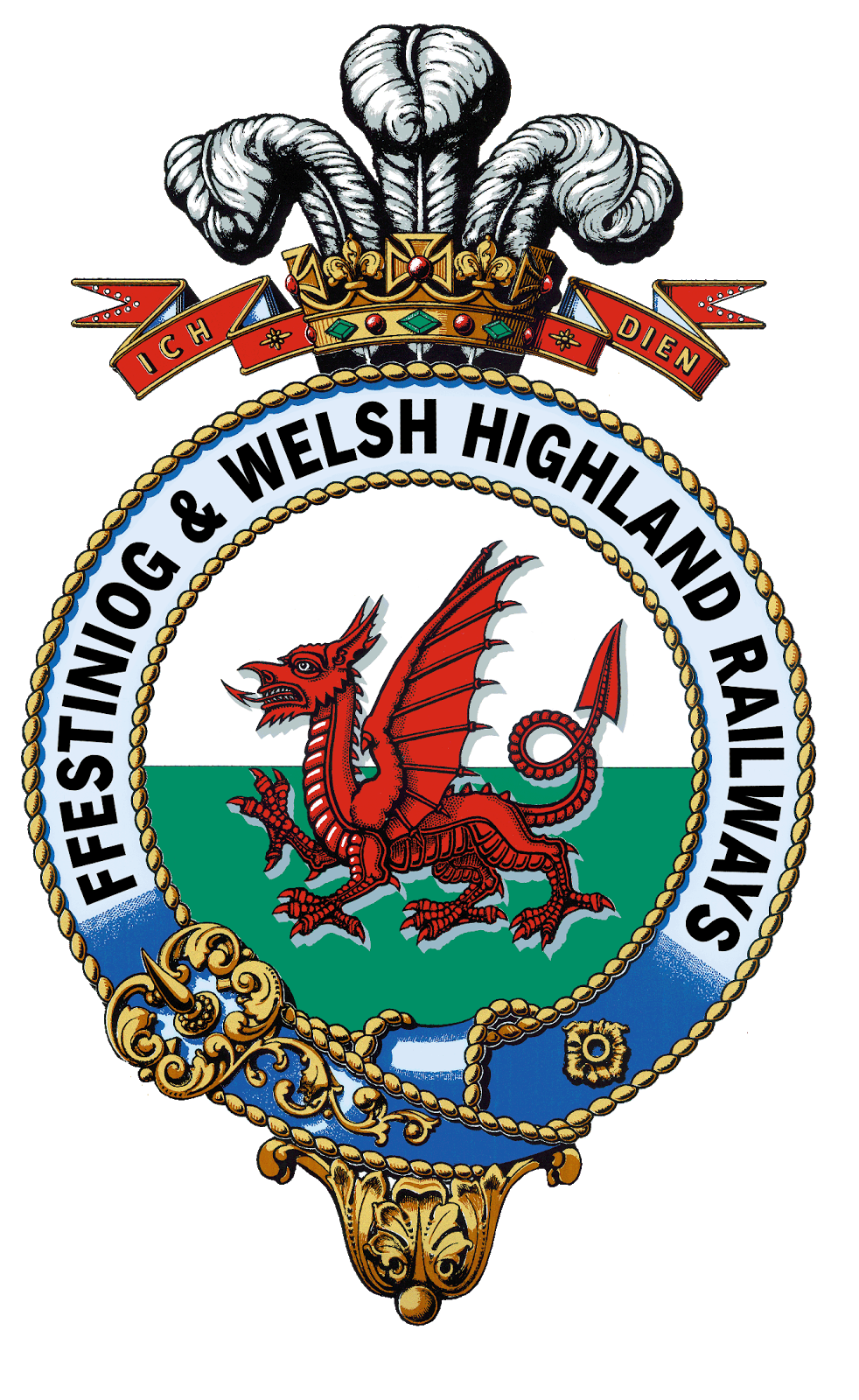Take one of his visits this autumn, for example, when he joined the crew of the Greasers Express - a train which tours the entire system over the course of a weekend, stopping at every point to service the mechanism, remove gunge and apply fresh grease.
While riding in the open B Wagon he noticed a distinct kink in the formation on the run from Cemetery Crossing to Goat Tunnel, to the south of Beddgelert station.

This is at the far left hand corner of our Bron Hebog layout, a section upon which he had recently completed the scenic outline - but without the kink!
Unfortunately I don't have a snap of this bit of the layout to hand but I have doctored a copy of the picture above to try and illustrate how our trackbed cut straight across the kink and the hillside, instead of having a hollow, continued down to meet the track.

There was nothing else for it but to hack back all the scenery that had been so carefully crafted: peeling back the chicken wire and modroc surface and re-profiling the wooded formers beneath.
These views below show the section following the scenic re-design and should conform a little more closely with the real location.








































